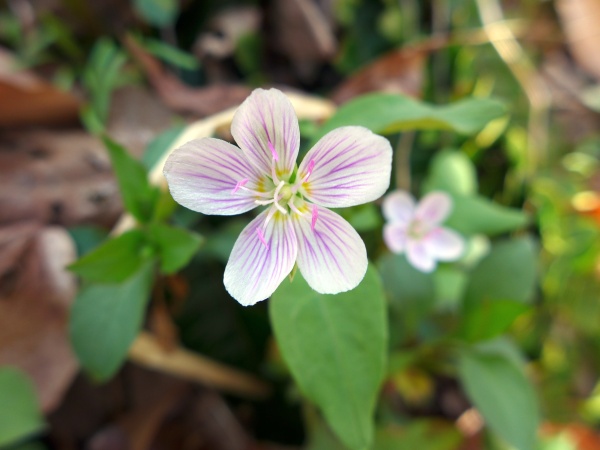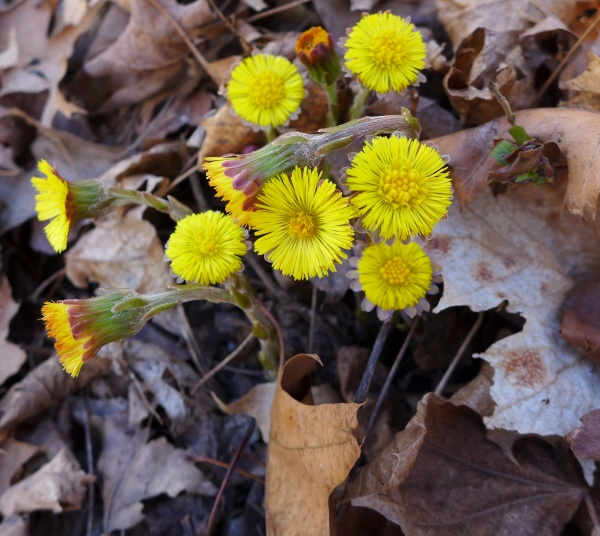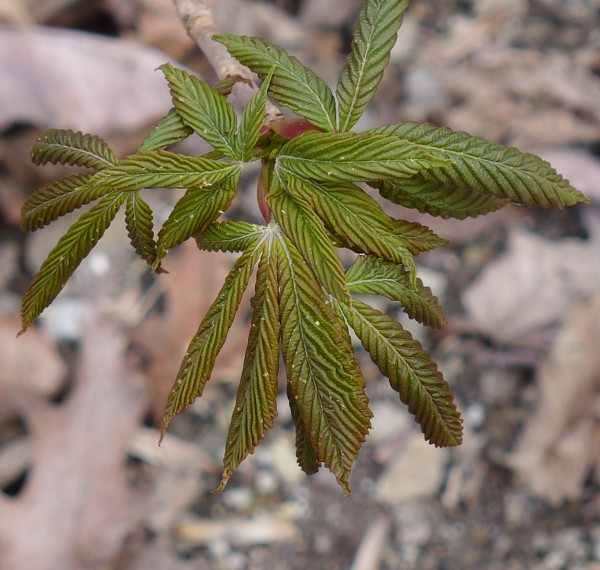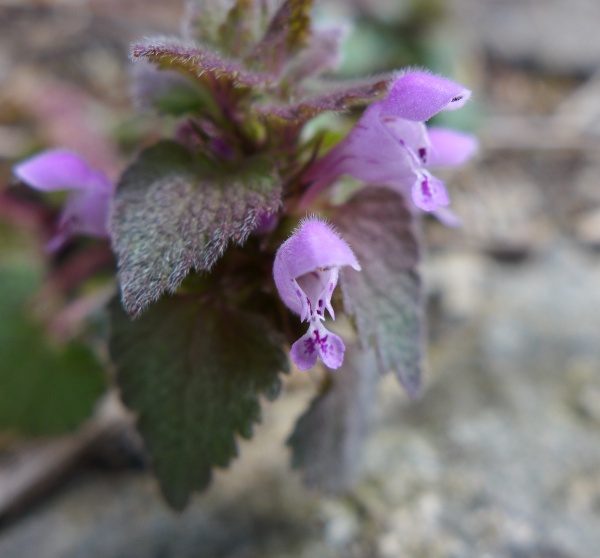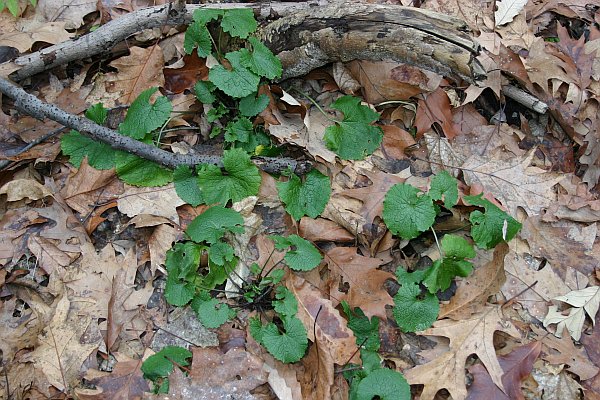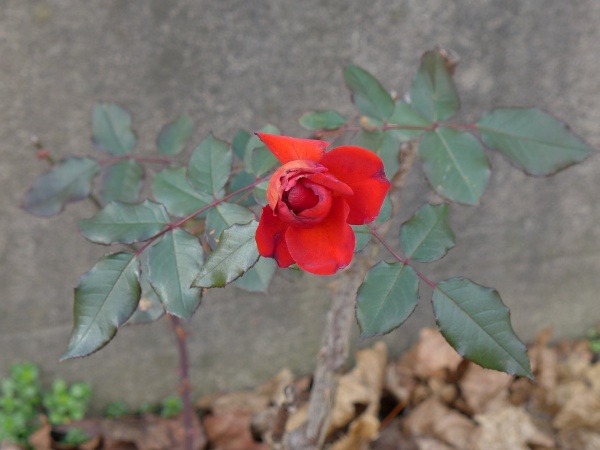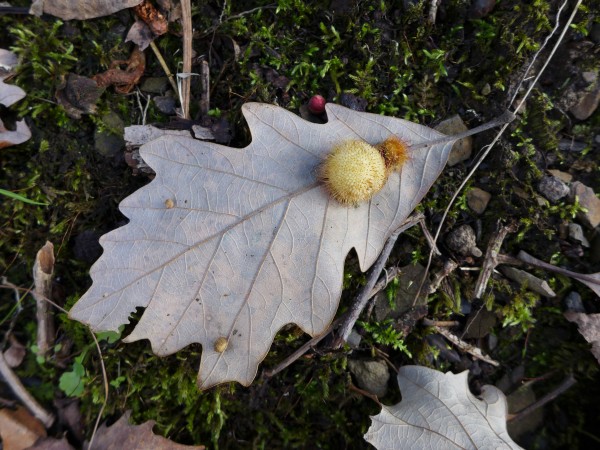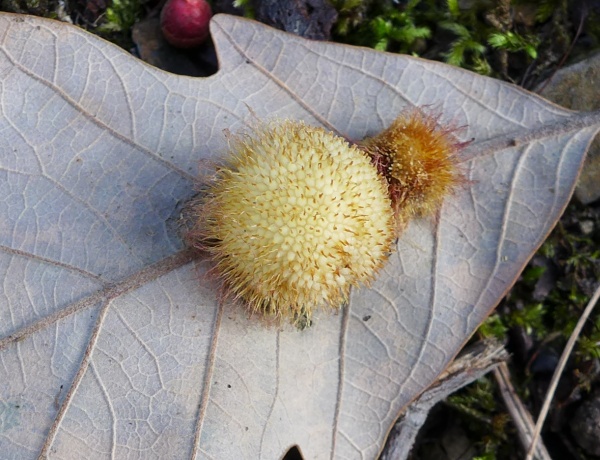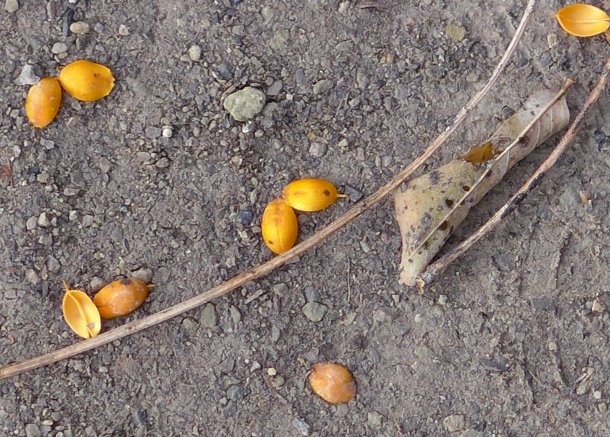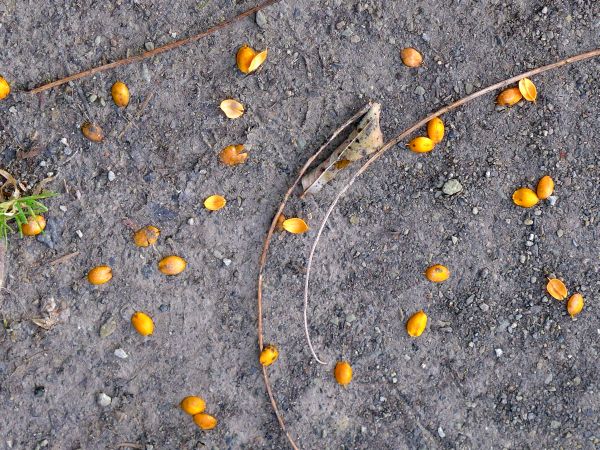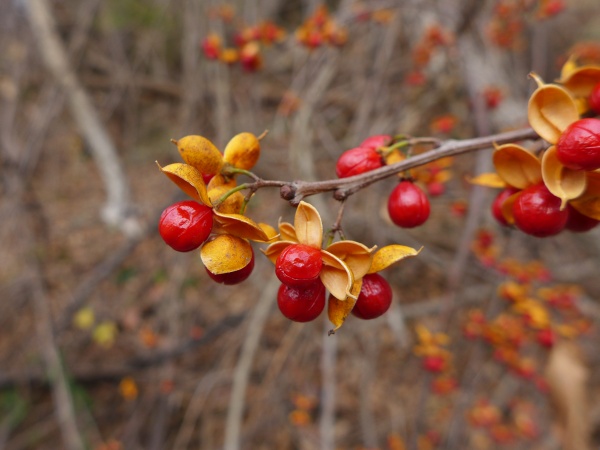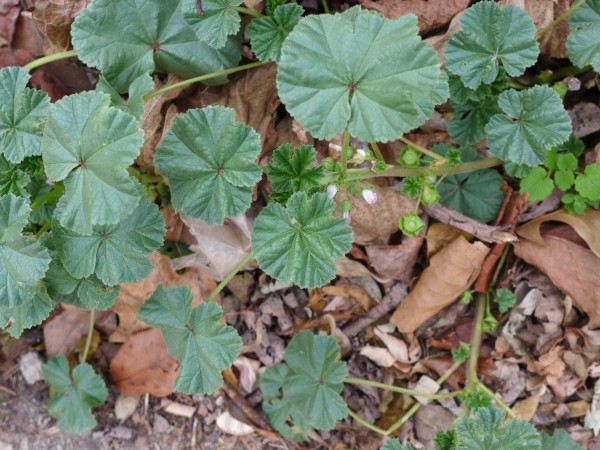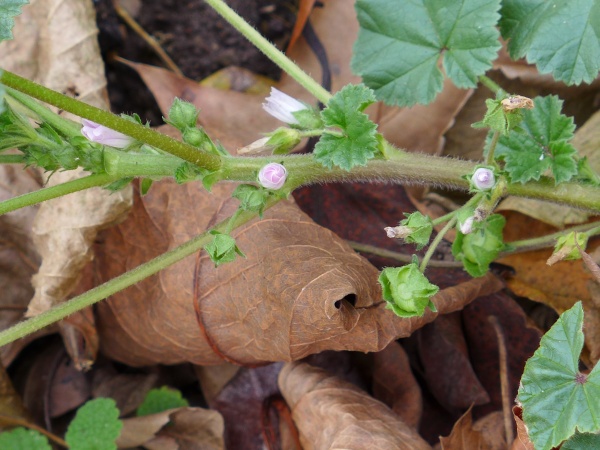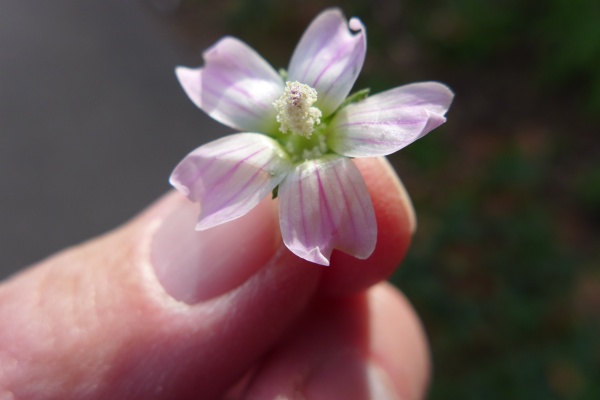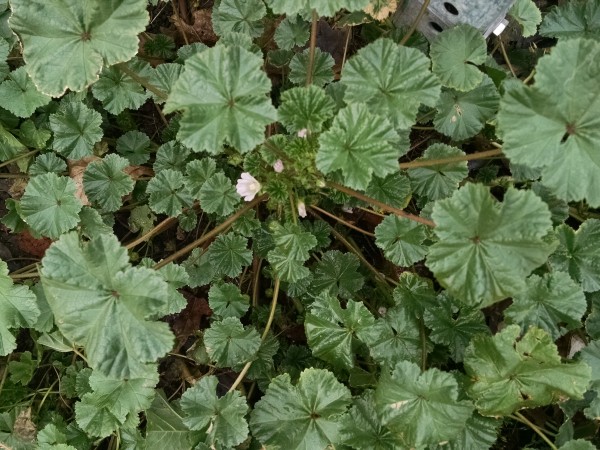
It’s cold this morning — and snowy for some of you — but when the weather improves you’ll find …
Blue-eyed Mary (Collinsia verna) usually blooms in southwestern Pennsylvania from mid April to early May but we found it at Cedar Creek Park on Wednesday April 6.
This annual drops its seeds in summer, germinates seedlings in the fall, and overwinters to bloom in the spring. It spreads by reseeding so you usually find it in patches — that look more green than blue from a distance.

Collinsia verna grows in woodlands with light to dappled shade and moist to mesic rich loamy soil. Though the plant can be locally abundant, its habitat can be hard to find. Blue-eyed Mary is endangered in New York and Tennessee.
Here are three places in southwestern Pennsylvania to see Blue-eyed Mary this month:
- Cedar Creek Park, Belle Vernon, Westmoreland County
- Braddock’s Trail Park, North Huntingdon Township, Westmoreland County. In full bloom the plants here make a carpet of blue.
- Enlow Fork, State Game Land #302, border of Greene and Washington Counties. For a beautiful description of the wonders of Enlow Fork, read this 2005 blog post by Marcia Bonta. Join the annual Enlow Fork Wildflower Walk (and birding!) on Sunday May 1, 2016.
(photos by Donna Foyle)

